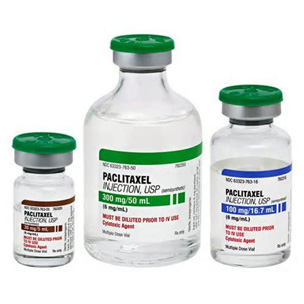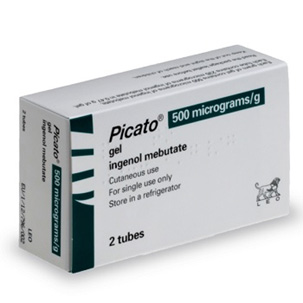According to the World Health Organization (WHO), 80% of people continue to rely on plant-based traditional medicines for basic health care, and 80% of 122 plant-derived pharmaceuticals are being used for their original ethnopharmacological purpose. Traditional medicine expertise (complementary or alternative herbal goods) has encouraged additional research into medicinal plants as possible medications, leading to the isolation of numerous natural compounds that have become well-known pharmaceuticals. Thus, it is imperative to continue searching in nature for the cure for a deadly disease such as cancer.
Let’s have a look at some of the high-potential drugs derived from nature that may be able to beat cancer:
- Paclitaxel

Paclitaxel (Taxol®), derived from the bark of Taxus brevifolia, is the most extensively used breast cancer medication (Pacific Yew). The bark was originally gathered in 1962 by the United States Department of Agriculture (USDA) as part of their exploratory plant screening programme at the National Cancer Institute (NCI). Given that a course of therapy may need 2 grammes of the medicine, the bark of around three mature 100-year-old trees is required to supply 1 gramme of paclitaxel. It is presently generated synthetically and has a current demand of 100-200 kg per annum (i.e., 50,000 treatments each year).
- Ingenol Mebutate

Ingenol-3-angelate, also known as Ingenol Mebutate, is a phorbol ester-like molecule or a diacylglycerol analogue that is used to treat a variety of conditions, including skin cancer. It is also known as PEP005, and it was isolated from Euphorbia peplus (also known as “petty spurge” in England or “radium weed” in Australia), and it triggers fast cell death in keratinocytes and several cancer cell lines. Ingenol-3-angelate promotes enzyme start by delivering PKCs (protein kinase C) to cellular membranes. It has strong antileukemic action and can be used to treat actinic keratosis.
- Fosbretabulin
Fosbretabulin (combretastatin A-4 phosphate or CA4P) is an experimental medicine that destabilises microtubules. It is a sort of vascular-targeting agent, which is a treatment that damages the vasculature (blood vessels) of malignant tumours, producing central necrosis. It is a combretastatin derivative derived from the South African Bush Willow, Combretum Caffrum. It comes in the forms of the salts Fosbretabulin Disodium and Fosbretabulin Tromethamine.
The drug’s method of action is considered to include the binding of CA4 to tubulin, which results in cytoskeletal and then morphological alterations in endothelial cells. These modifications enhance vascular permeability and impair tumour blood flow. Anti-vascular effects are evident in experimental tumours within minutes of drug delivery and swiftly lead to severe ischemia necrosis in locations that are frequently resistant to traditional anti-cancer therapy. A viable tumour rim often remains after a single-dose injection, from which tumour recurrence begins. When combined with medicines that target the proliferating viable rim, improved tumour responses and, in some cases, cures are observed. CA4P monotherapy is safe and lowers tumour blood flow, according to the findings of the first clinical studies.